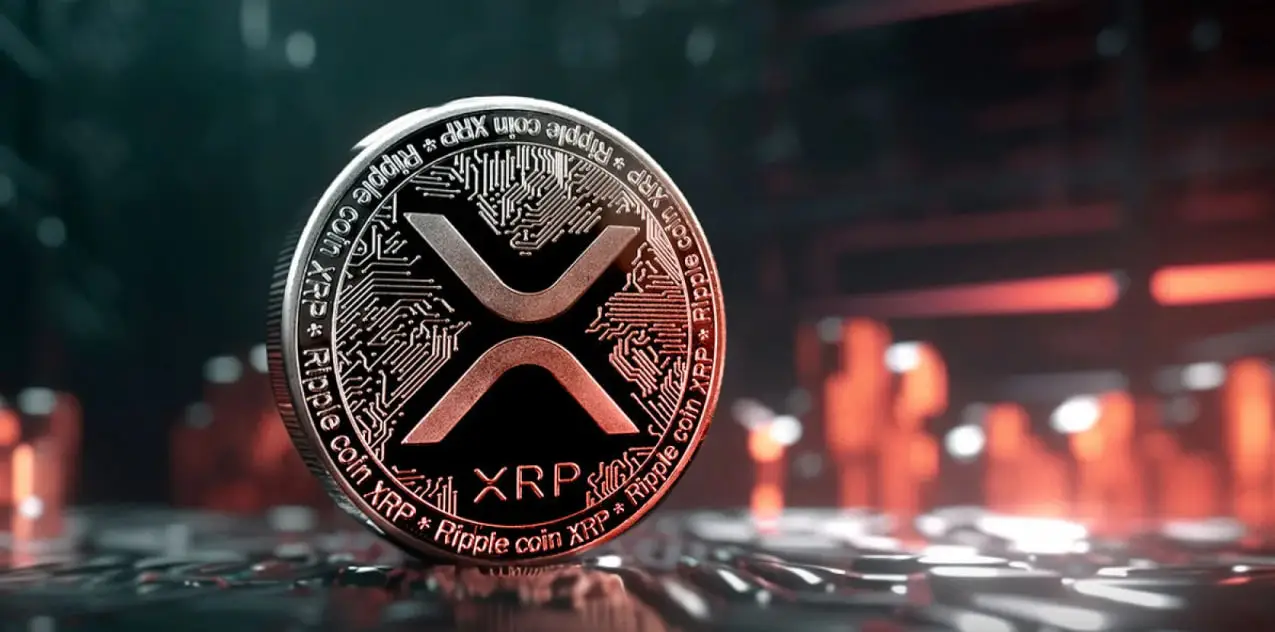According to SMQKE, a well-known crypto researcher on X, Ripple partner Santander has released a new video outlining its forecast for the future of banking by 2030. The vision places blockchain, artificial intelligence, and virtual banking at the core of global financial services.
According to Santander, the future of banking will see a decisive move away from traditional practices. Only 20 percent of existing heritage banks are expected to remain operational, with the majority moving toward fully digital platforms powered by cloud-based systems and open banking frameworks.
Also Read: Ripple CEO Shocks Crypto World: Says XRP Is What Bitcoin Tried to Be
The company is heavily depending on blockchain as it makes its plans. According to the bank, blockchain technology will improve the safety and speed of transactions. Ripple’s XRP Ledger is valued for processing currency transfers quickly and cheaply, making it a key part of the movement. With XRP, the bank can move money fast and smoothly to people across the globe.
Over two billion people are forecast to have digital bank accounts by 2030. According to Santander, more people are expected to opt for virtual banking rather than going to a bank in person.
XRP Positioned to Drive Contactless and Secure Digital Payments
Besides the transformation of banking access, how people make payments is also expected to evolve. Physical cards are projected to decline in use, with wearables and smartphones taking over as the primary transaction tools. The bank estimates that 60 percent of financial firms will support wearable payment methods. Biometric verification, including fingerprint scans and voice recognition, is expected to replace traditional security options like passwords and PINs.
XRP is already being used for mobile payments globally, with videos shared online showing its speed and reliability in real-time transactions. It adds more value to CBDCs as a possible solution in tomorrow’s digital payments.
Santander projects that more people will start using cryptocurrency. With 200 million blockchain wallets expected by decade’s end, digital currencies may compete directly with cash. XRP can help integrate digital payment systems as central banks and private firms make them more widely available.
Conclusion
Santander’s 2030 vision presents XRP as a critical asset in the shift to virtual banking and blockchain-powered finance. Ripple’s existing technology places XRP in a favorable position to support this global transformation.
Also Read: XRP Skyrockets in Buzz After Trump Declares U.S. Crypto Win Over China

